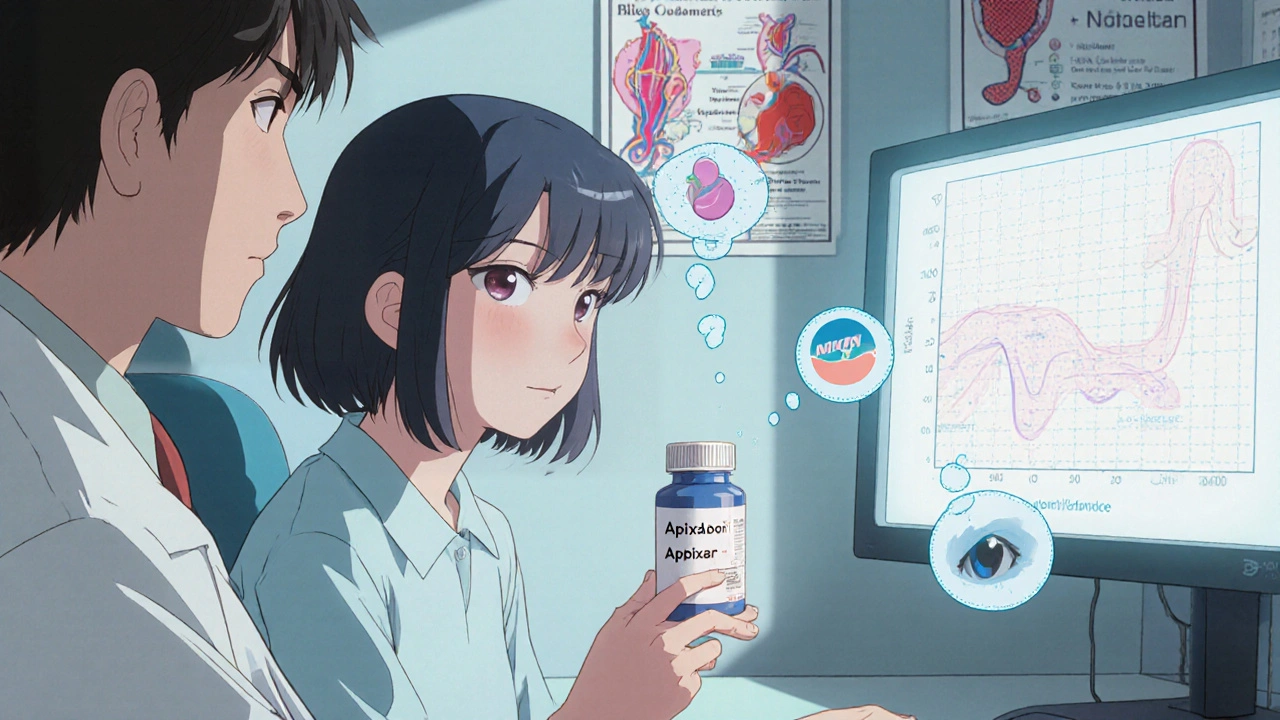Blood Thinners: What They Are, How They Work, and What You Need to Know
When your blood clots too easily, it can lead to strokes, heart attacks, or dangerous blockages. That’s where blood thinners, medications that reduce the blood’s ability to form clots. Also known as anticoagulants or antiplatelets, they don’t actually make your blood thinner—they just slow down the clotting process to keep things flowing safely. These drugs are prescribed for people with atrial fibrillation, deep vein thrombosis, artificial heart valves, or after certain surgeries. But they’re not harmless. Even small mistakes—like skipping a dose, mixing with certain foods, or combining with other meds—can turn them from lifesavers into serious risks.
There are two main types: anticoagulants, like warfarin and rivaroxaban, which target clotting factors in the blood, and antiplatelets, like aspirin and clopidogrel, which stop platelets from sticking together. Warfarin requires regular blood tests to keep levels just right. Newer ones like apixaban or dabigatran don’t need monitoring but still interact with common things like grapefruit juice, antibiotics, or even some herbal supplements. And yes, even something as simple as a fall or a cut can become a bigger problem when you’re on these meds. That’s why knowing your exact drug, dose, and warning signs matters more than you think.
Many people on blood thinners also take other medications—like SSRIs for depression, statins for cholesterol, or painkillers like ibuprofen. That’s where things get tricky. Some combinations can spike your bleeding risk, while others might make the blood thinner less effective. You don’t need to be a doctor to understand this: if you’re on a blood thinner, every new pill, supplement, or even change in diet should be checked. The posts below cover real cases where people ran into trouble—not because they were careless, but because they didn’t know what to look for. You’ll find guides on drug interactions, how aging affects dosing, what foods to avoid, and how to spot early signs of trouble before it turns into an emergency. This isn’t theory. These are the stories and facts that help real people stay safe.
Cosmetic Procedures and Anticoagulants: What You Need to Know About Bruising and Bleeding Risks
By Lindsey Smith On 19 Nov, 2025 Comments (1)

Learn the latest guidelines on whether to stop blood thinners before cosmetic procedures. Discover how different medications affect bruising and bleeding risks-and why stopping them can be more dangerous than keeping them.
View More




